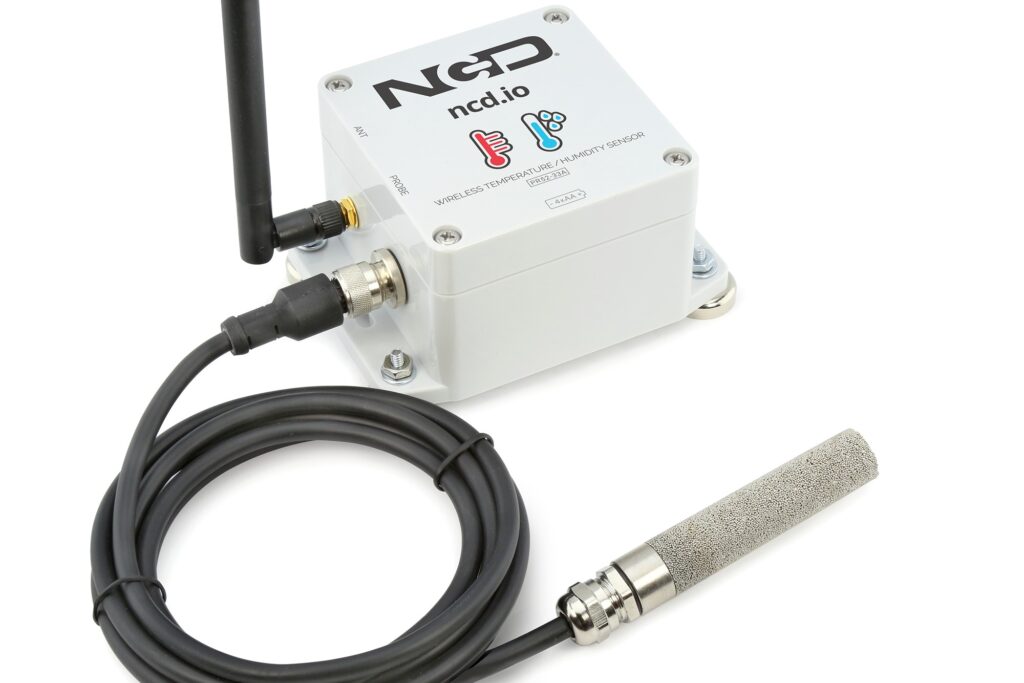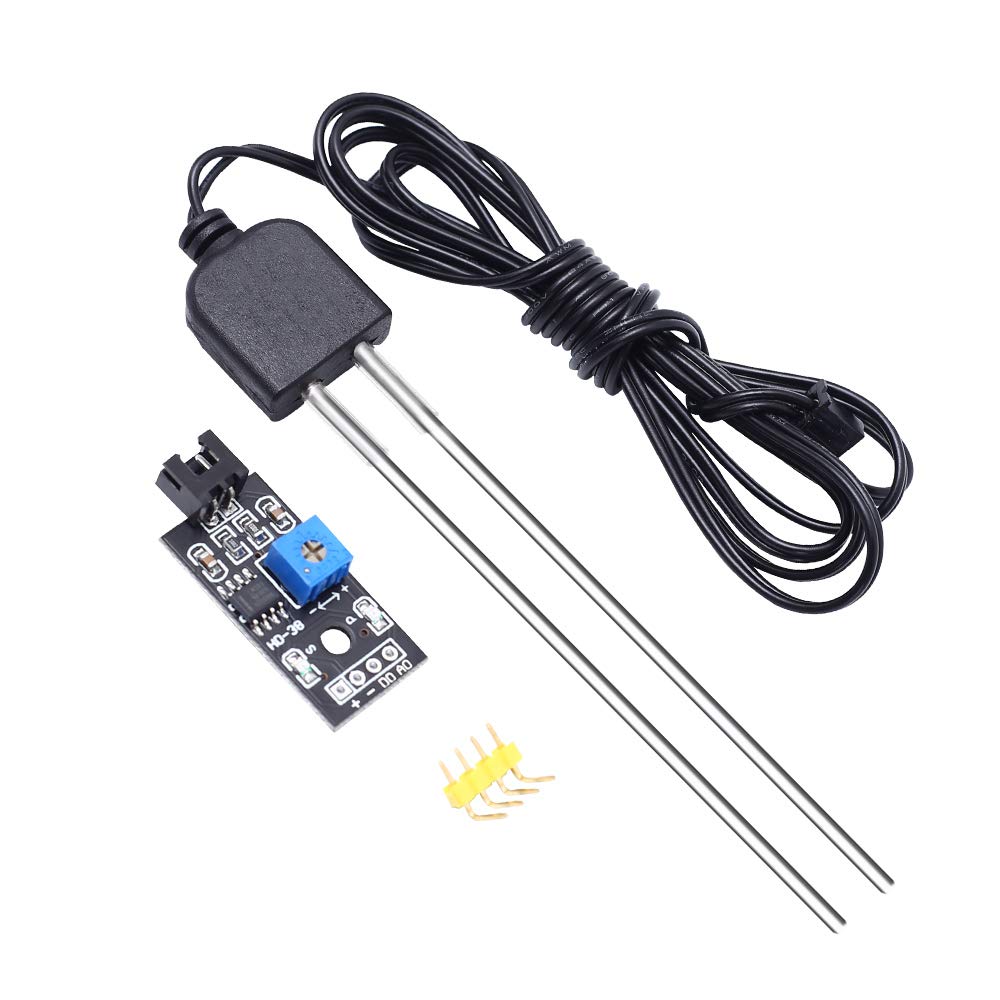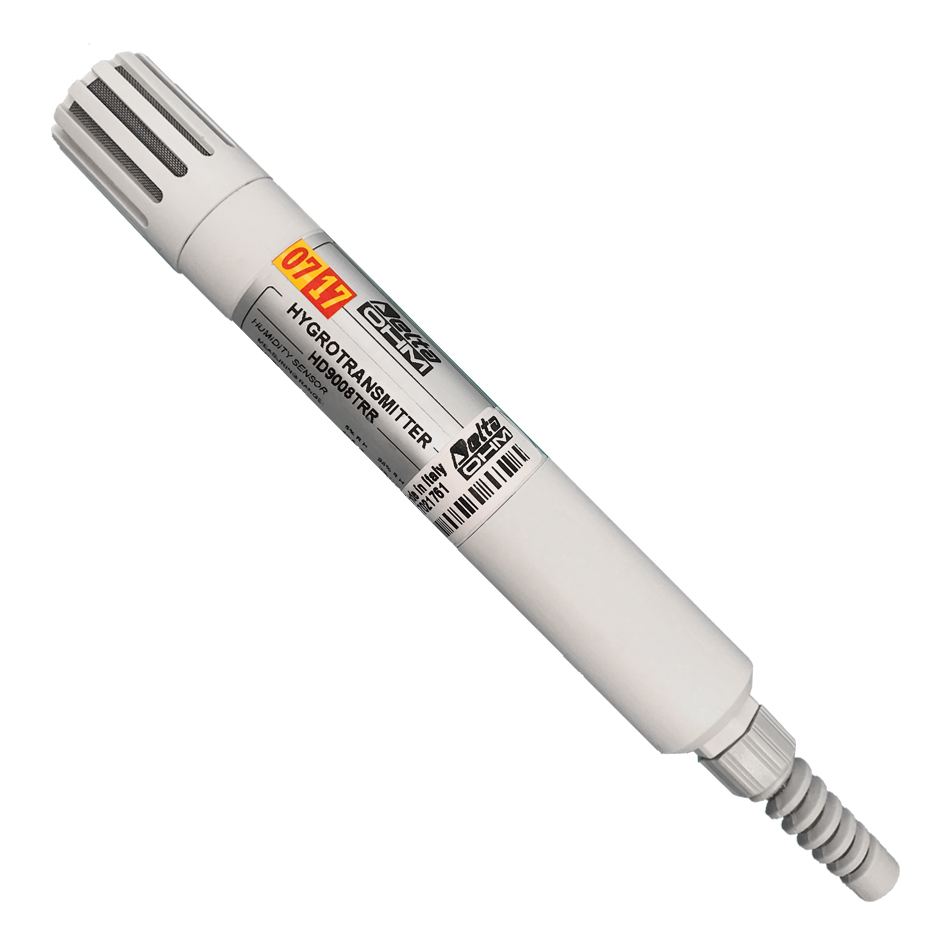Welcome to Linquip Blog. Today and in this article, we are going to have a look at the different types of Humidity Sensors. Humidity sensors, also known as hygrometers, are used to measure humidity levels in the atmosphere. There are different types of humidity sensors, but they are all used to detect the level of moisture in the air. Humidity sensors measure humidity through electrical capacitance.
Our team gathered all the necessary information on this topic to eliminate the need for reading diverse content on other websites. Stay with us until the end to find the answer to your question on this topic.
What Is a Humidity Sensor?
A humidity sensor or a hygrometer, senses, measures, and reports both moisture and air temperature. Air humidity is an important factor to consider when designing an electronic device. Having too much humidity in the environment can cause condensation and corrosion, which can lead to anomalies in performance or even failures. To prevent this, engineers use humidity sensors. These devices are used in systems deployed in humid environments, such as industrial control, instrumentation, climatology, and agriculture applications.
Different Types of Humidity Sensors
There are three main types of humidity sensors which are defined around what approach is used to sense humidity and deliver an electrical signal that can be used to establish the value. These types of humidity sensors include:
- Capacitive humidity sensors
- Resistive humidity sensors
- Thermal conductivity humidity sensors
1. Capacitive Humidity Sensors and their Working Principle
Capacitive humidity sensors as implied by their name make use of a capacitor, which consists of two electrode layers between which is a dielectric material. In the case of capacitive humidity sensors, the dielectric material is one that is hygroscopic, meaning that it is capable of absorbing moisture from the surrounding air. A commonly used dielectric for capacitive humidity sensors is a polymer film, whose dielectric constants are somewhere around 2-15.
In the absence of moisture, the capacitance (the ability to store electric charge) is determined by the geometry of the capacitor and the permittivity (dielectric constant) of the dielectric material. The dielectric constant of water vapor at normal room temperature is around 80, much larger than that of the dielectric material. As the dielectric material absorbs water vapor from the surrounding air, the dielectric constant increases, which increases the capacitance of the sensor.
There is a direct relationship between the relative humidity in the air, the amount of moisture contained in the dielectric material, and the capacitance of the sensor. The change in the dielectric constant is directly proportional to the value of the relative humidity. By measuring the change in capacitance (dielectric constant), the relative humidity level can be established. The sensor is one element in a chain that also includes a probe, cable, and an electronics unit (signaling circuit) that takes the signal from the sensor and produces an output signal conditioned for the desired use and application.
Capacitive humidity sensors provide stable readings over time and are capable of detecting a wide range of relative humidity. They also provide near linearity with signal amplitude over the range of humidity. They are limited by the distance between the sensor and the signaling circuit.
2. Resistive Humidity Sensors and their Specifications
A resistive humidity sensor sometimes referred to as a hygristor or an electrical conductivity sensor, is one that makes use of the change in the resistivity measured between two electrodes to establish a value of relative humidity. The device contains a hygroscopic conductive layer in the form of a polymer humidity sensing film that is mounted on a substrate.
The conductive film contains a set of comb-like electrodes, usually deposited from a noble metal like gold, silver, or platinum that are laid out in an interdigitated pattern to increase the amount of contact area between the electrodes and the conductive material. The resistivity of the conductive material will vary inversely with the amount of moisture that is absorbed. As more water vapor is absorbed, the non-metallic conductive material increases in conductivity and hence decrease in resistivity.
Resistive humidity sensors are low-cost devices with a small footprint and are readily interchangeable. Unlike capacitive humidity sensors, resistive humidity sensors can function in remote monitoring applications where the distance between the sensor element and the signaling circuit is large.
3. Thermal conductivity humidity sensors and Their Usages
Thermal conductivity humidity sensors are used to measure absolute humidity. They do so by calculating the difference in the thermal conductivity of dry air versus humid air.
Two NTC thermistors are suspended by thin wires with the sensor. One of the thermistors sits in a chamber that is exposed to the air through a series of ventilation holes. The second thermistor is placed in a different chamber within the sensor that is hermetically sealed in dry nitrogen. An electrical bridge circuit passes current to the thermistors which begin to self-heat. Since one of the thermistors is exposed to humidity from the air, it will have different conductivity. A measurement of the difference in resistance of the two thermistors can be made which will be directly proportional to the absolute humidity.
Thermal conductivity humidity sensors are suitable for use in high temperature or corrosive environments, are durable, and can provide higher resolution than other humidity sensor types.
The Importance and Applications of Humidity Sensors
Humidity sensors are used in many industrial, commercial, and consumer applications. Moisture analyzers contain humidity sensors and provide the means for measuring and controlling humidity and moisture conditions in production facilities as part of process control applications. Having an understanding of the density of the air at standard temperature and pressure conditions is important when using moisture analyzers in order to make precise measurements with these instruments.
In HVAC systems, humidity sensors are critical to maintaining proper climate conditions with energy efficiency. They are used in medical applications such as incubators and neonatal intensive care facilities. Ground and airborne weather stations use humidity sensors to track environmental conditions and assist with weather forecasting. The automotive industry makes use of humidity sensors to control cabin ventilation and to keep windshields from fogging.
Food processing quality depends directly on accurate measurement of humidity levels for pasta and other food products such as baked goods. The semiconductor industry carefully monitors climatic conditions in production operations for integrated circuits as yields can be impacted should conditions fall outside of set ranges.
Conclusion
The present article was an attempt to deliver all the essential information about three main types of Humidity Sensors. After delivering a very short and brief definition of humidity sensor, We went straight to the point and fully explained the three main types of humidity sensors. In the meantime, we discussed the structure, components and applications, and pros and cons of various types of humidity sensors
If you have any experience or encounter of Pressure Transducers and know more about them, we will be very glad to have your opinions in the comments on our website Linquip. Moreover, if you have any questions about this topic, you can sign up on our website and wait for our experts to answer your questions. Hope you enjoyed reading this article.
Buy Equipment or Ask for a Service
By using Linquip RFQ Service, you can expect to receive quotations from various suppliers across multiple industries and regions.
Click Here to Request a Quotation From Suppliers and Service Providers
Read More On Linquip
- Instrument Used to Measure Humidity: Classical and Modern Hygrometers
- Types of Sensors Detectors/Transducers: An Entire Guide
- Difference Between Actuator and Sensor: The Ultimate Guide
- What is a Differential Pressure Sensor?: An Ultimate Guide
- 5 Types of Proximity Sensors (Application and Advantages)
- What is Humidity Sensor: Your go-to Guide on humidity Sensors!
- Temperature and Humidity Sensors: An Ultimate Guide
- Temperature Sensors: Types, working principle & Practical Applications
- Transducer vs. Sensor: Basic Differences & Advantages of Them
- Types of Temperature Sensors and Their Application







Très intéressant et complet comme article.